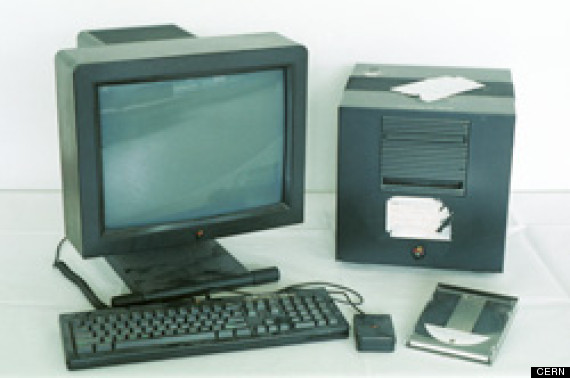My First Webpage
Welcome to my first web page. I am writing this page using a text editor and plain old html.By learning html, I'll be able to create web pages like a pro....
which I am of course.
1. Explain about the HTML code above
The HTML code is about the language working on displaying html file on a browser. The html file contains important parts such as head, title and body. Function of HTML tags :-
- <html> - Defines an html document.
- <head> - Contains any code that is not used to display elements on the webpage.
- <title> - Defines the title of the webpage..
- <body> - Contains the visible elements of the webpage.
- <h1> - defines HTML headings where here the title is alligned to the center.
- <p> - This element is used to identify blocks of paragraph text with a statement 'Welcome to my first webpage. I am writing this page using a text editor and plain old html'. The closing tag is optional and is implied by the opening tag of the next HTML element encountered in an HTML document after an opening tag.
- <br> - This tag is to insert a single line break and later proceeding with 'which I am of course'.
2. Explain about the two types of HTML Tags?
- The two types of HTML Tags are paired tags and unpaired tags. The paired tag is said if the text is placed between a tag and its companion tag. In paired tags, the first tag is referred to as Opening Tag and the second tag is referred to as Closing Tag. An unpaired tag does not have a companion tag or closing tag. Unpaired tags are also known as Singular or Stand-Alone Tags.
- * Example of PAIRED TAGS
- <html> </html>
- <body> </body>
- <li> </li>
- <title> </title>
- * Example of UNPAIRED TAGS
- <hr>
- <br>
- <link>
- <img>

